Porcelain or faience: which is better for the toilet?
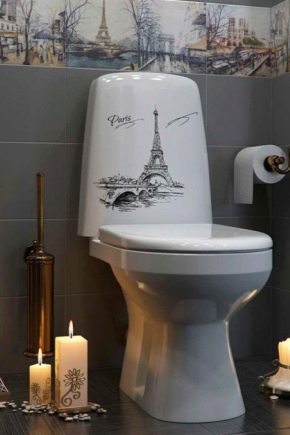
When performing repairs in an apartment, each owner tries to create an atmosphere of maximum comfort not only in the living room or bedroom, but also in the personal hygiene room. When arranging a bathroom, especially close attention should be paid to the choice of plumbing. The convenience and comfort of daily hygiene procedures depends on the quality of equipment such as a toilet or bidet. The main issue faced by most plumbing buyers is the material of its manufacture. What is better for a toilet bowl - porcelain or faience?


What to look for when choosing a toilet?
Before you go to the store for a new toilet for your bathroom, you should decide on the most important criteria for choosing such products.
Among the main characteristics, it is worth paying attention to certain parameters of the proposed plumbing.
- Connection type. It is imperative that the drain of the sewer system is suitable for the size and location of the base of the selected toilet. For example, when the drain pipe is horizontally located, it is almost impossible to dock a toilet bowl with a vertical outlet to it.
- Bowl shape. In terms of geometric shape and dimensions, the toilet bowl should be convenient for all family members. When choosing plumbing, consider the style of the room and your own dimensions.

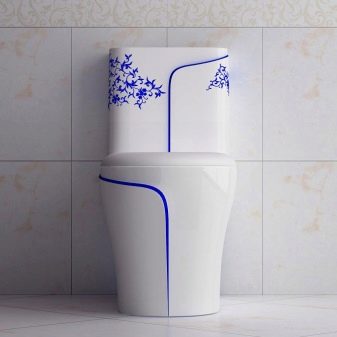
- Model. Regardless of the material of manufacture, plumbing fixtures are best selected based on the available room. So, for a large bathroom, a floor-mounted model is perfect, but in a small room it is better to put a hanging bowl, which allows you to save usable space. For example, under such equipment you can store household chemicals or other useful things in the household.
- Practicality. When choosing a toilet for your hygiene room, pay attention to the likelihood of splashing water when flushing. This factor is usually due to the shape of the bowl, which ideally should not spill out.
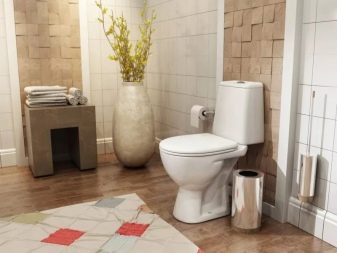
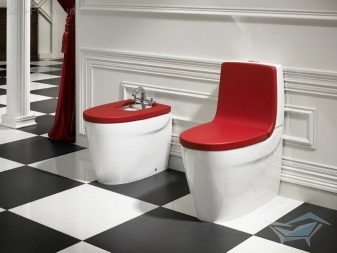
When choosing plumbing equipment for a bathroom, it should be borne in mind that its cost is directly dependent on characteristics such as design, bowl strength and functionality.
What to choose - porcelain or faience?
Having decided on the preferred dimensions of the toilet bowl, the shape of the bowl, the method of installation and connection, you can start choosing the material for the manufacture of plumbing equipment. To make it easier to decide on a suitable model, experts recommend analyzing the main characteristics of the materials in question and their features.


Faience
Faience is a dense material with a finely porous structure. This feature of the products is explained by the white clay included in their composition, which has a sufficiently high coefficient of water absorption. To minimize this property of earthenware, the surface of plumbing equipment is covered with several layers of special glaze.
Thanks to this additional processing technology, it is possible to significantly increase the average life of the toilet bowl, increase its strength and achieve greater aesthetic appeal. Externally, the surface of the faience is glossy.
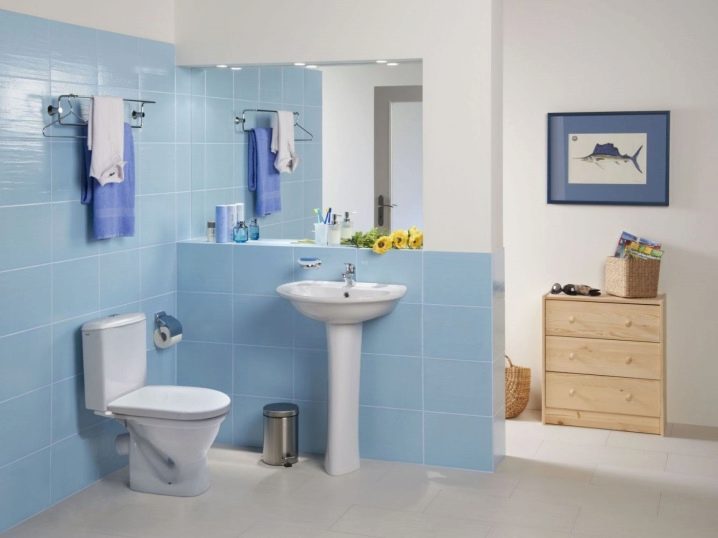
Material advantages:
- relatively low weight;
- compact size, which is explained by the rather thin walls of the toilet;
- durability;
- resistance to aggressive effects of household chemicals;
- affordable cost.
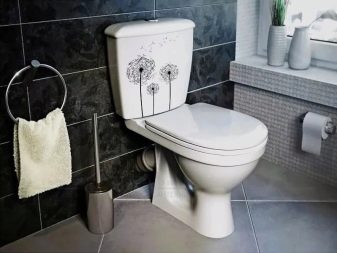
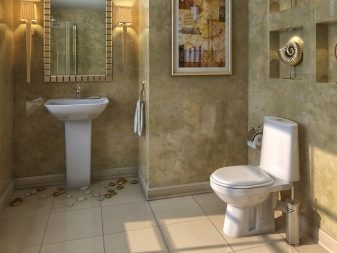
Disadvantages of faience:
- the main characteristics of a faience toilet bowl depend on the quality of the glaze used by the manufacturer in its manufacture;
- earthenware brought from abroad can cost much more than domestic porcelain.
If you have a limited budget and are looking for the most profitable solution for your bathroom, then it would be rational to give preference to domestic-made faience plumbing fixtures.
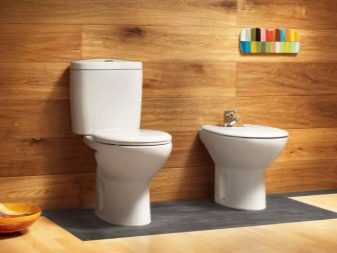
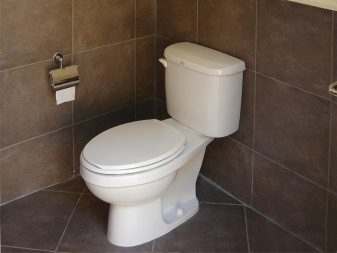
Porcelain
Porcelain, like faience, is made on the basis of white clay. However, the composition of this material is characterized by increased strength due to the addition of such strengthening components as quartz and feldspar. In addition, the clay used to create the base is carefully checked for quality, which provides the final product with a dense and ultra-smooth surface.
Unlike earthenware, porcelain plumbing fixtures have a small coefficient of water absorption. This effect can be achieved due to a wider component composition. So, porcelain has a water absorption coefficient of 0.05%, while for faience it is 0.5%.
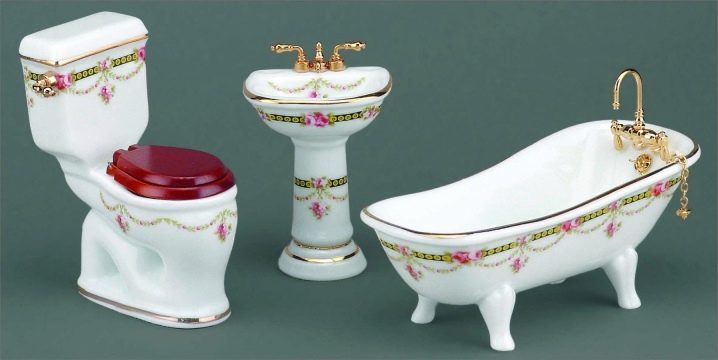
Material advantages:
- high level of mechanical strength;
- dense structure that provides resistance to various pollution;
- reduced risk of unpleasant odors from the sewer system;
- relatively simple and easy maintenance.
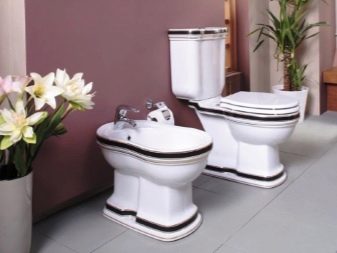
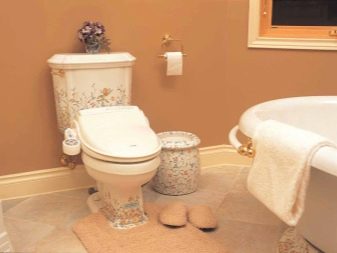
Disadvantages:
- high cost of porcelain sanitary ware, which corresponds to its inherent quality level;
- in appearance, sanitary ware does not differ much from products made of sanitary ware, which allows unscrupulous suppliers to sell earthenware toilets at a higher price.
If you choose plumbing with the expectation of the longest possible service life, you should give preference to porcelain products. A toilet bowl made of this material will last at least half a century, while the durability of faience is about 30 years.

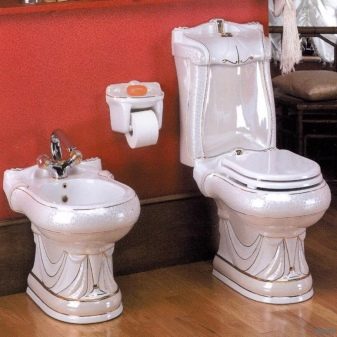
Popular manufacturers
Having decided which material is suitable for your toilet, you can take a closer look at popular manufacturers. In order for a porcelain or earthenware product to be really high-quality and reliable, it is recommended to give preference to products of the brand, the reliability of which is beyond doubt due to the presence of appropriate certificates and positive consumer reviews.
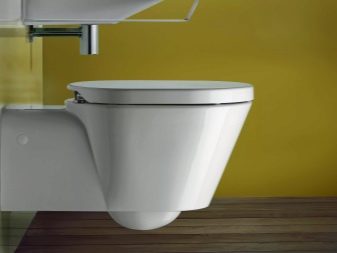
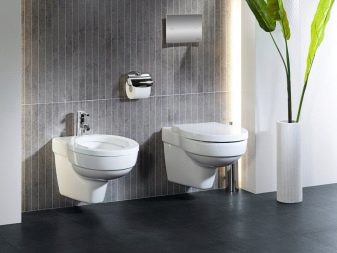
From the best side, the sanitary devices of the following brands have proven themselves.
- Sanita. The products of this brand have established themselves as high quality and reasonable prices, which cause almost no complaints.
- Jika. This manufacturer offers a wide range of sanitary ware of various models and designs. Among the products of this brand there are both budgetary and quite expensive products. The design of the toilet bowls is made in various styles and meets modern fashion trends in interior design. It is also worth noting that in the manufacturing process, the manufacturer uses only high-quality and carefully selected materials.

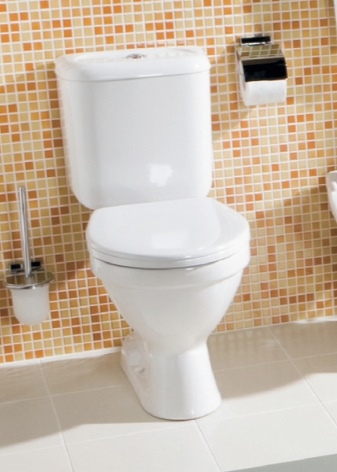
- Iddis. The brand is a fairly budgetary Russian sanitary ware, which is distinguished by excellent technical performance, affordable price and aesthetically attractive design.
- Gustavsberg Czech Republic. Toilet bowls of this manufacturer belong to the middle price category, but they also have a corresponding quality class.

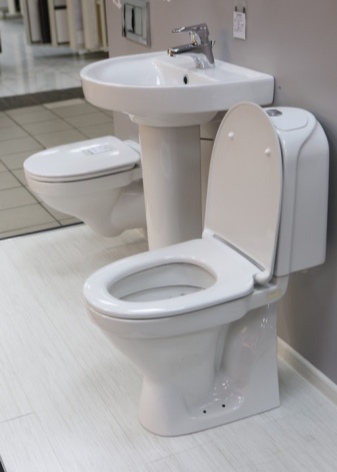
The products of the Stroyfarfor plant in Lobnensky are also famous. Their ceramic toilet is of high quality and affordable cost.
Remember that well-known brands that have been presenting their products in the sanitary ware market for many years are usually very sensitive to their own reputation. Accordingly, by giving preference to such toilets, you minimize the risk of being deceived.
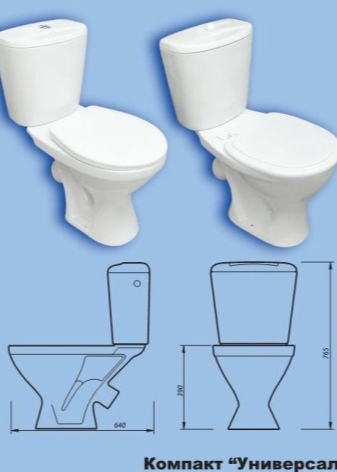
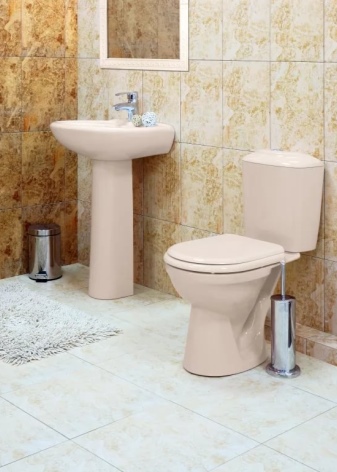
Helpful hints
If you are interested in other options for materials for the manufacture of plumbing devices, you should pay attention to products made of polymer concrete, glass, stainless steel or natural stone. Porcelain and earthenware - the materials are certainly good and very popular, but you shouldn't think that the choice ends with ceramics, because with the help of other materials you can achieve a better match to the chosen design style.
If you prefer to purchase a sanitary device made of earthenware or porcelain, then you should think about the basic rules for caring for it.
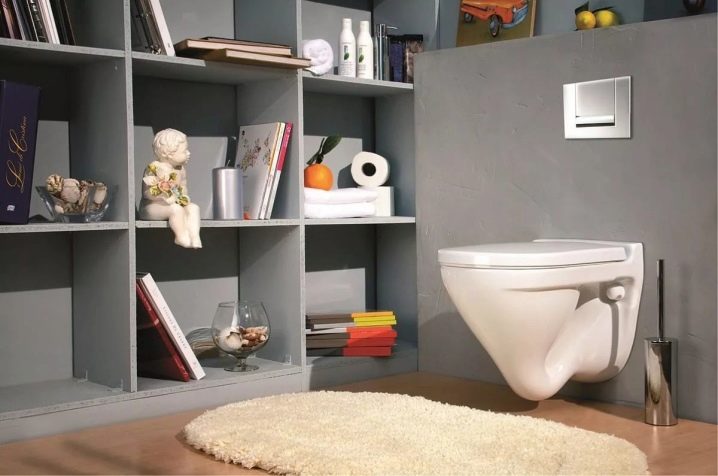
To maintain the attractiveness and durability of the toilet, you can clean it with one of the following folk remedies.
- Lemon acid. This tool will help you to easily remove traces of rust and limescale formed on the surface of plumbing fixtures. To get the desired result, it is enough to moisten the bowl with plenty of water and sprinkle about 3 packs of citric acid powder on its surface, which is sold in any grocery store. Leaving the plumbing in this state for a couple of hours, which is necessary for the proper reaction of the substance with the pollution, thoroughly clean its surface with a special brush. After cleaning, you will notice that there is no trace left of the plaque.
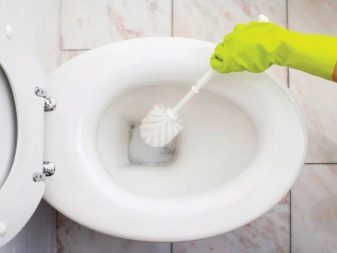

- Soda and vinegar. The combination of these components, which can be found in almost every kitchen, is quite often used for cleaning products and surfaces made of various materials. Soda does an excellent job with vinegar and dirt on the toilet bowl. To achieve the desired result, it is enough to sprinkle the contaminated surface of porcelain or earthenware with soda powder and sprinkle it with a 9% solution of vinegar. Acid solution treatment is most conveniently done with a spray bottle. Half an hour after the treatment, you need to thoroughly clean the plumbing device with a brush.

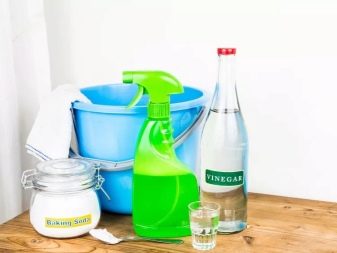
About which toilet to choose, porcelain or earthenware, see below.













The comment was sent successfully.